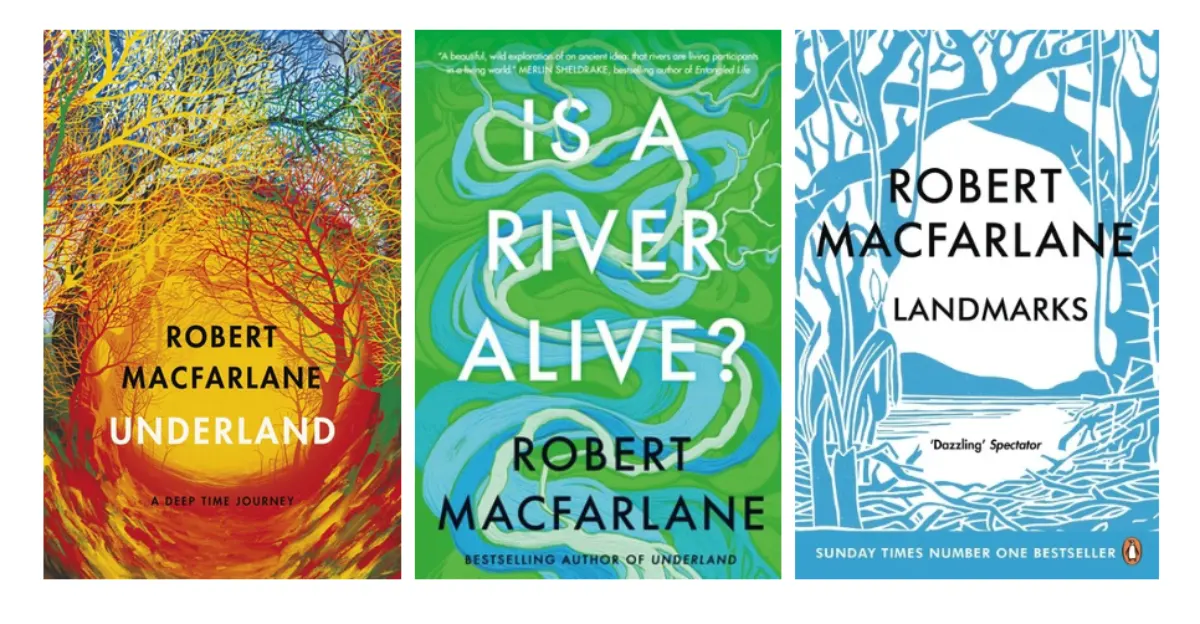Interactive Fiction has been a medium for storytelling for decades. SHANELLE PEREIRA explores how writing Interactive Fiction differs from linear writing and what the future could hold for this immersive form of writing.
Interactive Fiction is a form of storytelling in which participants can control the story’s outcome based on their choices throughout the plot line, giving every participant a unique experience.
Interactive Fiction is no stranger to bridging the worlds of literature and gaming. Colossal Cave Adventure (1976) and Zork (1979)are infamous Interactive Fiction text-based games that later flourished into bigger commercial platforms such as Infocom. Beloved role-playing games from the 70s, like Dungeons and Dragons and Pathfinder, are also examples of Interactive Fiction.
Interactive Fiction (non-linear) vs traditional (linear) novels
From the book Game Design and Development (2021), Nadine Dam explains: ‘Linear storytelling has a predetermined series of events that are presented in a specific order. Nonlinear stories are not arranged in any particular order, and they allow the reader to choose the path that the narrative follows.’
The focus of Interactive Fiction writing is audience experience, whereas in linear writing, the focus is the plot. Interactive Fiction makes the reader the active participant in determining the path and outcome of the story, allowing the reader to connect to the story in a different way than linear stories would.
Nick Montfort, in his article, ‘Riddle Machines: The History and Nature of Interactive Fiction’ in A Companion to Digital Literary Studies (2013), states that Interactive fiction is also almost always written in second-person narrative, a feature uncommon in linear works of writing.
Nick also mentions that Interactive fiction works may be challenging for literary readers too because of the text-based interface, and that the rewards Interactive Fiction offers are only attained with time and effort, such as detailed exploration, mapping, and solution.
According to experienced Interactive Fiction writers on the Interactive Fiction Community Forum, the works of Interactive Fiction have been reported to be challenging compared to linear writing. Particularly because of the multiple pathways the story would have, writers could write two or three books’ worth of words.
Writers also can’t favour a branch of the story; they need to be equally enticing with their arcs and narrative. The writer would also need to choose the right time to branch out the story – too early on, and it will be a huge task; too late, and the story might be too linear.

READ MORE
*Mastering Point of View in Fiction: A Guide by Sonny Whitelaw
*Developing Your Character’s Character – 4 Ways to Create Credibility
Current uses of Interactive Fiction
In the current technological world, Interactive Fiction has many forms, some still debatable by their creators, as the categorization depends on the medium, the focus of the story, and so on. Because the formats can be blended and evolve into each other, it’s hard to categorize the forms easily.
Currently, as per the Interactive Fiction writers on forums, the top categories are Text Adventures (Parser-based), Visual Novels, Choice-based games, and even some blended formats.
There are heaps of tools online, such as Twine, Choice Script, and inklwriter, to assist the writer with no prior experience in coding with creating Interactive Fiction.
The writer can use their corresponding websites, such as Choice of Games and inkle, to publish and be paid for their work (the work must be coded using their specific programming language to create an Interactive Fiction, but there are tutorials on the sites to get you started).
Interactive Fiction novels and games can be played on websites such as Choice of Games or downloaded from Inkle on various platforms such as the mobile app stores, Steam, and even Nintendo Switch.
The future of Interactive Fiction
With the current boom in technology and especially the advances towards artificial intelligence, Diana Crooks, in her article ‘The Future of Fiction: Exploring Digital and Interactive Storytelling’, states, ‘We’re likely to see an explosion of immersive narratives fueled by technologies like artificial intelligence (AI), augmented reality (AR), and virtual reality (VR). These cutting-edge innovations will blur the lines between fiction and reality, offering readers the chance to live, breathe, and experience stories in ways we’ve never thought possible.’
While Artificial Intelligence can’t completely replace human creativity, it can help the writer create compelling plotlines and character development. Virtual reality (VR) and augmented reality (AR), on the other hand, can completely immerse the reader in the worlds of their literary characters. As VR and AR are becoming more accessible to the everyday person, Interactive Fiction can blend into becoming the chosen medium for storytelling.
Interactive Fiction is a fascinating medium for storytelling, especially when technology allows the reader to have the ultimate experience of the world they’ve chosen to interact with. Writers, regardless of experience, can have a hand in Interactive Fiction thanks to the various tools online. The future of storytelling could be an exciting one with endless possibilities for both writers and readers.
About the Author

Shanelle Pereira is a freelance writer based in Wellington, New Zealand, and has recently completed the Freelance Journalism course from The Writer’s College. She aspires to write about her interests, which include art, travelling, new cuisines, wines, and wildlife conservation. During her free time, you can find her in local cafes – either reading, people-watching, or scribbling in her notebook.














